

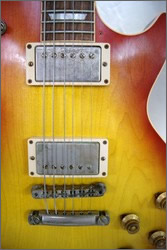 A Halifax, NS businessman is hoping musicians from all over New Brunswick, Nova Scotia and P.E.I. will dig through their closets for old guitars, amplifiers and other gear and bring it all to Moncton for a unique swap meet.
A Halifax, NS businessman is hoping musicians from all over New Brunswick, Nova Scotia and P.E.I. will dig through their closets for old guitars, amplifiers and other gear and bring it all to Moncton for a unique swap meet.
The swap meet is set for Saturday, May 7 at the Moncton Lions Centre on St. George Street from 11 a.m. to 4 p.m.
Stuart Lorriman, a long-time musician who recently retired as a sales rep for Canadian-made Godin guitars, says a similar event in Halifax attracted over 700 people, many of whom brought all kinds of used guitars, new guitars, amplifiers, effects pedals and other stuff that musicians go ga-ga over.
“The Halifax one really turned into a social event with people meeting up with old friends and bandmates,” Mr. Lorriman says. “I expect we could get 400 to 500 people in Moncton.”
He chose Moncton to stage the first swap meet in New Brunswick because of the central location, making it easy for people to come from Fredericton, Saint John, Miramichi, P.E.I., and other parts of New Brunswick.
The concept of the swap meet is pretty simple. Bring guitars, amplifiers and other stuff you’d like to trade, and of course some cash if you find something you’d like to buy.
Mr. Lorriman says the swap meet is a place where musical instrument dealers can showcase their new products, and where collectors can sell or trade. People with two or three items can bring them in and look for something to trade, but anyone with more than that is asked to rent a table for $30. Admission at the door will be $3. Mr. Lorriman can be reached by e-mail at audiorep@ns.sympatico.ca.
Local music stores have been invited to set up tables, but encouraged to put in some of their used gear or stuff that’s on sale – as opposed to taking stuff off the shelf at the store and putting it on a table at the swap meet.
In recent months, local music stores have become more open to taking trades on guitars, amplifiers and other gear as musicians look to trade in their old guitars for new ones.
This also opens the door for newcomers to pick up a used instrument at bargain prices. Beginners looking for a new or used guitar should plan to spend about $150 to $200 for something good. Higher-end guitars can go from $500 to more than $1,000.
In Metro Moncton, the best places to go guitar shopping for new instruments are the Long & McQuade music store on Plaza Boulevard and La Guitare on St. George Street. Both stores also take trades and have a selection of used gear. The Parlour pawn shop in Mountain Road also has a good selection of used guitars, amps, effects pedals and other stuff for sale and trade. Treasures and Trash also offers some used music gear.
But Mr. Lorriman is really hoping that some unique pieces of vintage gear will make it to the swap meet. The term “vintage” is rather loose when it comes to guitars and amps, but it generally applies to anything that can be dated back 25 years or beyond.
In guitar circles, vintage instruments are generally considered to be better made and sound better. Some people like them to be scratched up, others like them restored.
Mr. Lorriman says guitars from the 1950s and early 1960s are the most sought after by collectors, mainly because they were made by hand by true craftsmen. As the popularity of guitars soared from the 1960s through the 1980s and beyond, well-known guitar makers set up factories for mass producing the instruments. They also began producing economy lines.
For example, Fender guitars are probably the best known, especially for their Telecaster and Stratocaster models. Fender still makes guitars in its California factory, but they are also made in Mexico. Guitars from Fender’s economy line, Squire, could come from plants in Japan, China or Indonesia. To the untrained eye, a Fender Stratocaster and a Squier Stratocaster are virtually identical, but the price difference could be several hundred dollars.
Fenders have been on the market for more than 50 years, so there are a lot of them out there – new, used, modified, customized and some beaten to death. Collectors go wild searching for models from the 1950s or 1960s, and prices on Internet sites can skyrocket. For example, a nice 1959 Strat on Ebay has an asking price of $15,000, when a brand new one off the shelf sells for about $1,500. A new Squier Strat could be found for as low as about $150.
The folks at Fender, recognizing an opportunity, put out a “Road Worn” line of guitars that are brand new but scratched, sanded and beaten up to look like instruments that have many years of service.
Mr. Lorriman says real vintage instruments from the trusted brand names were made with superior workmanship and parts. The types of wood, the internal construction, the quality of metal and electrical components like pickups, and even the type of finish can all have an affect on the overall sound of the instrument. A few nicks and scratches won’t affect the sound and actually give the instrument character. But if the neck is warped and the bridge is pulling away from the body, it could be doomed.
A lot of musicians love collecting instruments. A term you’ll hear around town is “guitarded,” which basically translates into: “I know I don’t really need it and can’t afford it, but I’m getting it anyway.”
I know hobbyist musicians who have closets full of guitars and every once in a while they’ll gather up four or five and trade them in on something else.
Collectors usually like to have a bunch of guitars that have different sounds, so one is good for playing hard rock style while another would be better suited to blues or country.
Serious blues players will usually have at least one guitar with the action (the space between the strings and the fretboard) set very high for playing with a bottleneck slide. Guitarists might also have one set up differently or set to an odd tuning.? And then there are amplifiers, PA systems and effects pedals. That’s a whole story in itself.
The love of vintage guitars isn’t new, but Mr. Lorriman says it has really picked up with the advent of online shopping and TV shows like American Pickers and Pawn Stars. If you have an old instrument or amplifier, write down the make, model and serial number and then go searching online to find out when it was made and whether it is valuable.
But like anything else that is vintage or collectible, the true value is really what someone else is willing to pay. But it’s fun to look.
Source
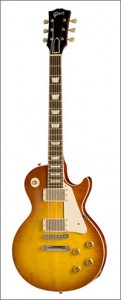

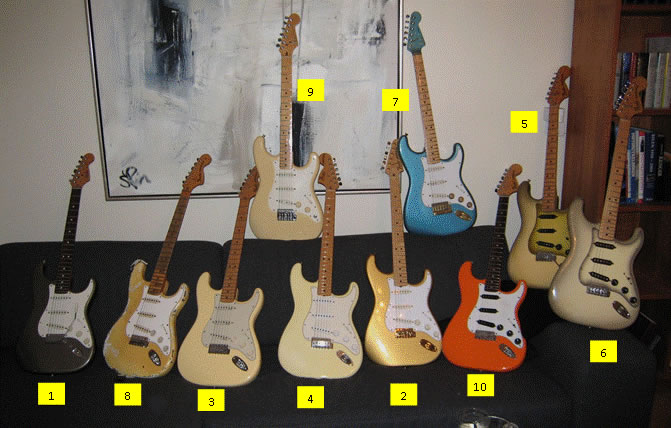
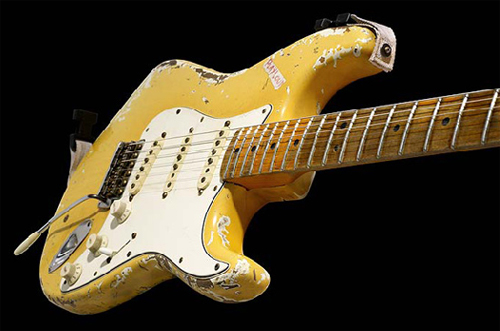


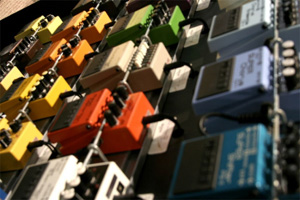

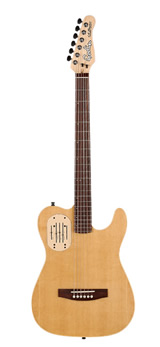
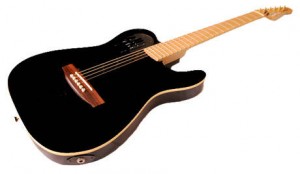

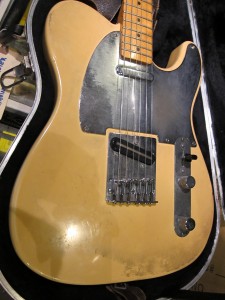
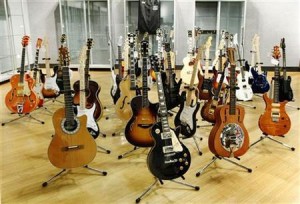
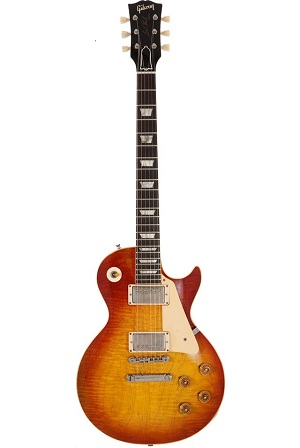
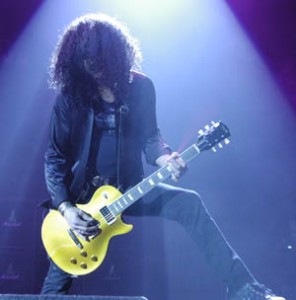


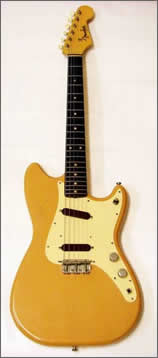
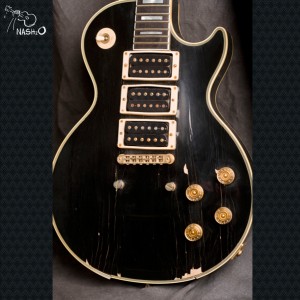
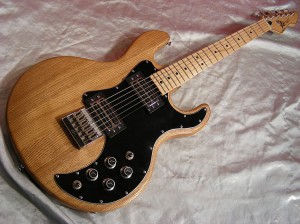

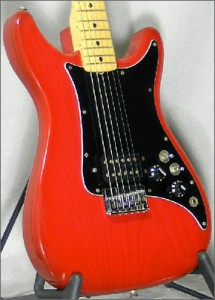
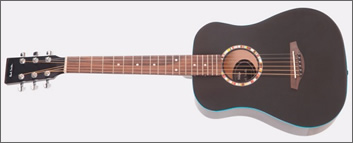

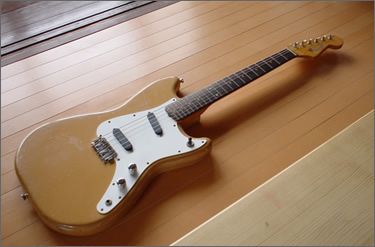
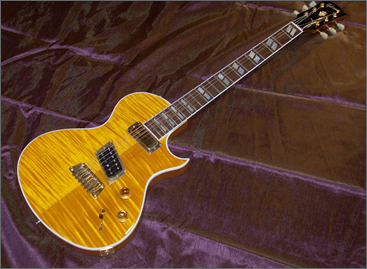 The
The  The Ibanez Musician was born out of the Japanese copy boom of the 1970s, which also helped spawn the
The Ibanez Musician was born out of the Japanese copy boom of the 1970s, which also helped spawn the 
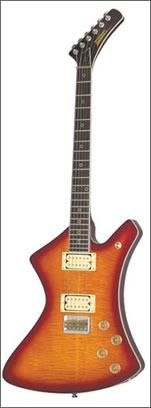 Shaped like a truncated Gibson Explorer with a chunky slanted headstock, the high quality Stage series found homes with a fair number of rock guitarists in the early 1980’s. They were produced in Japan in the highly regarded Matsumoku factory, which also built guitars for Ibanez, Westone, and a host of other manufacturers.
Shaped like a truncated Gibson Explorer with a chunky slanted headstock, the high quality Stage series found homes with a fair number of rock guitarists in the early 1980’s. They were produced in Japan in the highly regarded Matsumoku factory, which also built guitars for Ibanez, Westone, and a host of other manufacturers.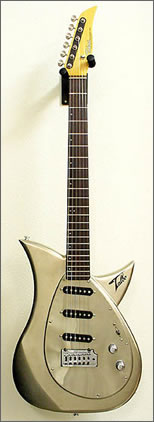 It was very unusual in that the body was not made of wood, as you might expect, but aluminium instead. As such the name was actually an acronym for Tokai ALuminium BOdy. The benefits of using aluminium were sustainability- no trees get chopped down to make enough aluminium for a Talbo body, and a different sound.
It was very unusual in that the body was not made of wood, as you might expect, but aluminium instead. As such the name was actually an acronym for Tokai ALuminium BOdy. The benefits of using aluminium were sustainability- no trees get chopped down to make enough aluminium for a Talbo body, and a different sound.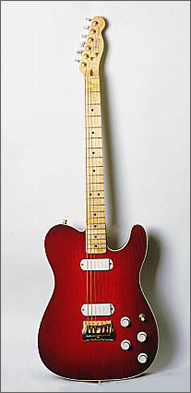 The Elite concept was an ambitious project to combine tradition with modern (at the time) technologies with more user-friendly hardware, upgraded electronics and better neck adjustment. The intention was to produce an upgraded version of a classic with a more modern look and feel, and to hopefully entice some Gibson players into the Fender family.
The Elite concept was an ambitious project to combine tradition with modern (at the time) technologies with more user-friendly hardware, upgraded electronics and better neck adjustment. The intention was to produce an upgraded version of a classic with a more modern look and feel, and to hopefully entice some Gibson players into the Fender family.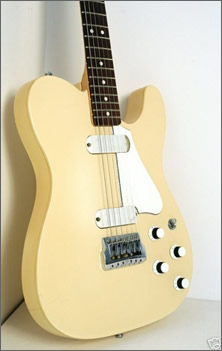
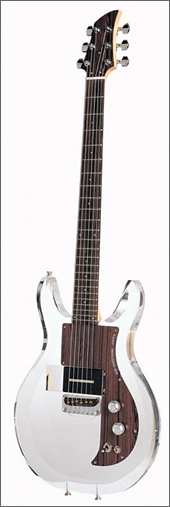 Ampeg then asked Armstrong to design some guitars and basses for them to market. The design he came up with resides somewhere between a Strat and an SG, but with a surreal twist: the body was made entirely of a solid slab of Plexiglas (the trade name for a type of rigid, clear plastic) and the scratchplate of a piece of the wood-grain replica pattern Formica, popular on furniture in the 1960s and 70s.
Ampeg then asked Armstrong to design some guitars and basses for them to market. The design he came up with resides somewhere between a Strat and an SG, but with a surreal twist: the body was made entirely of a solid slab of Plexiglas (the trade name for a type of rigid, clear plastic) and the scratchplate of a piece of the wood-grain replica pattern Formica, popular on furniture in the 1960s and 70s.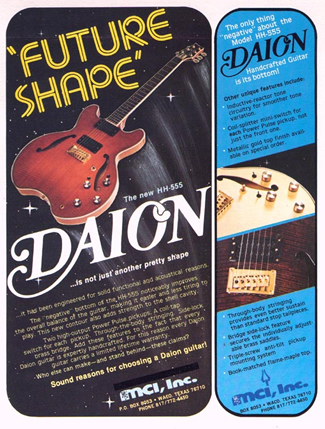 One of the better known (and I use that term loosely) Daion models was the semi-solid ES-335-alike 555 Headhunter, which featured an innovative third cutaway on the bottom of the body.
One of the better known (and I use that term loosely) Daion models was the semi-solid ES-335-alike 555 Headhunter, which featured an innovative third cutaway on the bottom of the body.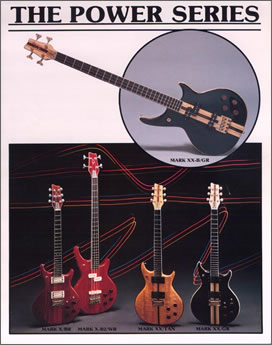
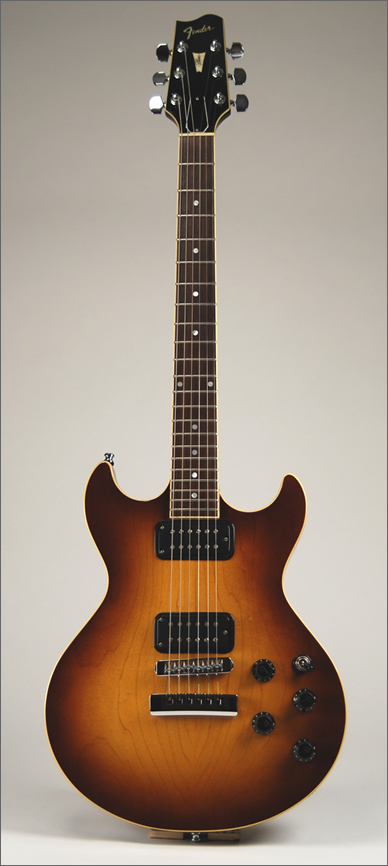 Designed in the mid-1980’s, the Esprit effectively reconciled the differences between a blues, jazz and rock guitar, making it ideal for Robben’s varied musical tangents. He was originally drawn to the smaller body size, double-cutaway comfort and remarkable playability of the Esprit as an alternative to the larger, honky-sounding semi-hollow-body he had been playing. Though the Esprit was discontinued by the late 1980’s, Robben remained an ardent user.
Designed in the mid-1980’s, the Esprit effectively reconciled the differences between a blues, jazz and rock guitar, making it ideal for Robben’s varied musical tangents. He was originally drawn to the smaller body size, double-cutaway comfort and remarkable playability of the Esprit as an alternative to the larger, honky-sounding semi-hollow-body he had been playing. Though the Esprit was discontinued by the late 1980’s, Robben remained an ardent user.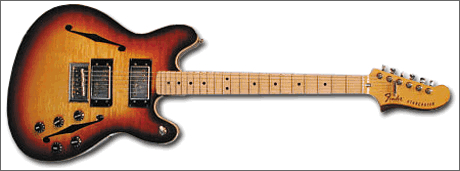
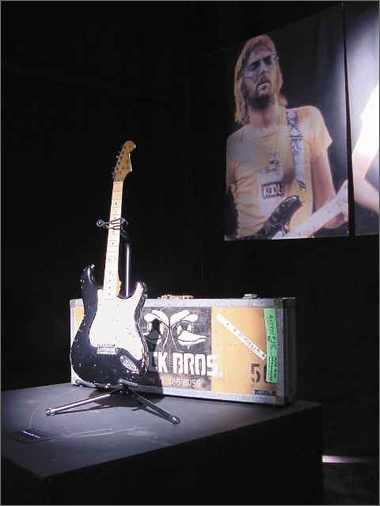 The “Legends Collection” will feature three of rock’s most famous guitars – Eric Clapton’s “Blackie” Fender Stratocaster and Gibson ES-335, as well as Stevie Ray Vaughan’s “Lenny” Fender Stratocaster. Purchased for over $2.4 million from the Clapton Crossroads Centre charity auction at Christies New York in 2004, these three guitars are among the most treasured guitars in rock history.
The “Legends Collection” will feature three of rock’s most famous guitars – Eric Clapton’s “Blackie” Fender Stratocaster and Gibson ES-335, as well as Stevie Ray Vaughan’s “Lenny” Fender Stratocaster. Purchased for over $2.4 million from the Clapton Crossroads Centre charity auction at Christies New York in 2004, these three guitars are among the most treasured guitars in rock history.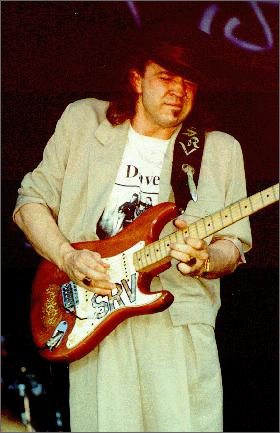
 The instruments, which are smaller and lighter than standard guitars, sell for between $265 and $735 and have found a following among blues aficionados who can’t get enough of the warm sound they provide.
The instruments, which are smaller and lighter than standard guitars, sell for between $265 and $735 and have found a following among blues aficionados who can’t get enough of the warm sound they provide.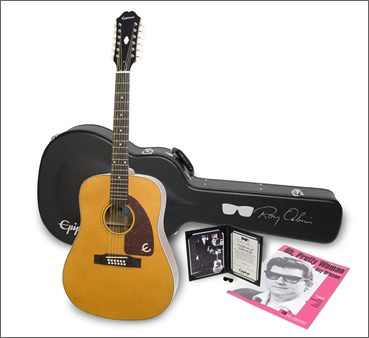 Orbison used his original Epiphone acoustic guitar to write and perform many of his most well-known songs including perhaps his biggest hit Oh, Pretty Woman.
Orbison used his original Epiphone acoustic guitar to write and perform many of his most well-known songs including perhaps his biggest hit Oh, Pretty Woman.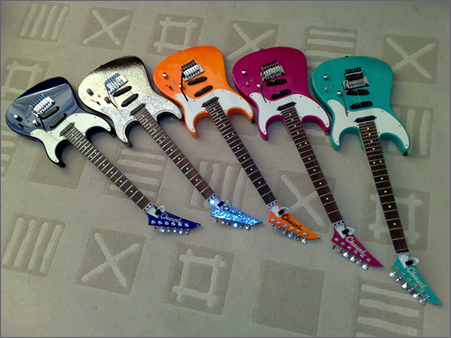
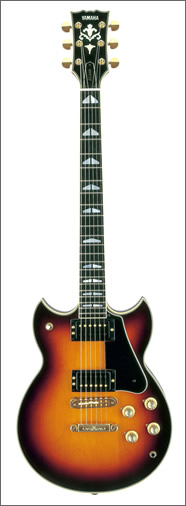
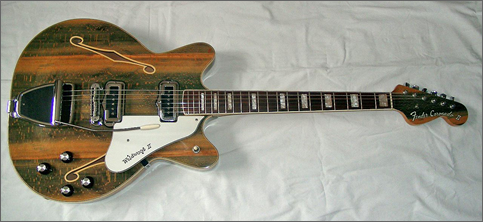 The Coronado II and XII were also available in the desirable “Wildwood†finish, which was an attractively coloured patterned natural grain, made by injecting dyes into growing trees a few years before harvest. There were three shades of Wildwood available on the guitars- Rainbow Green, Rainbow Blue and Rainbow Gold. The bodies were made of maple, and unusually for a semi, the neck was bolted on.
The Coronado II and XII were also available in the desirable “Wildwood†finish, which was an attractively coloured patterned natural grain, made by injecting dyes into growing trees a few years before harvest. There were three shades of Wildwood available on the guitars- Rainbow Green, Rainbow Blue and Rainbow Gold. The bodies were made of maple, and unusually for a semi, the neck was bolted on.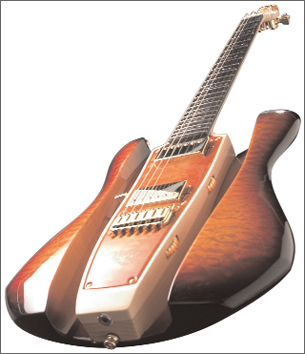 These guitars were designed by Ravi Sahwney, an industrial designer, in conjunction with
These guitars were designed by Ravi Sahwney, an industrial designer, in conjunction with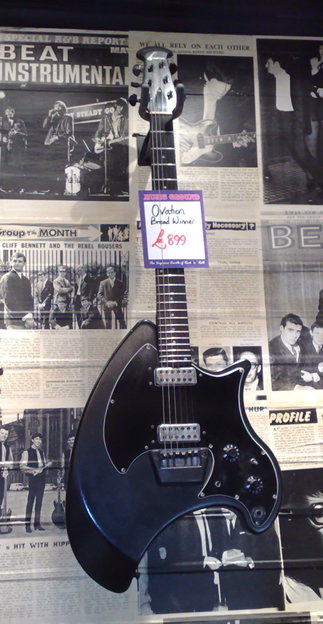 Here is a photo of one of them; it seems to be in pretty good condition and original, but I can’t vouch for that.
Here is a photo of one of them; it seems to be in pretty good condition and original, but I can’t vouch for that.